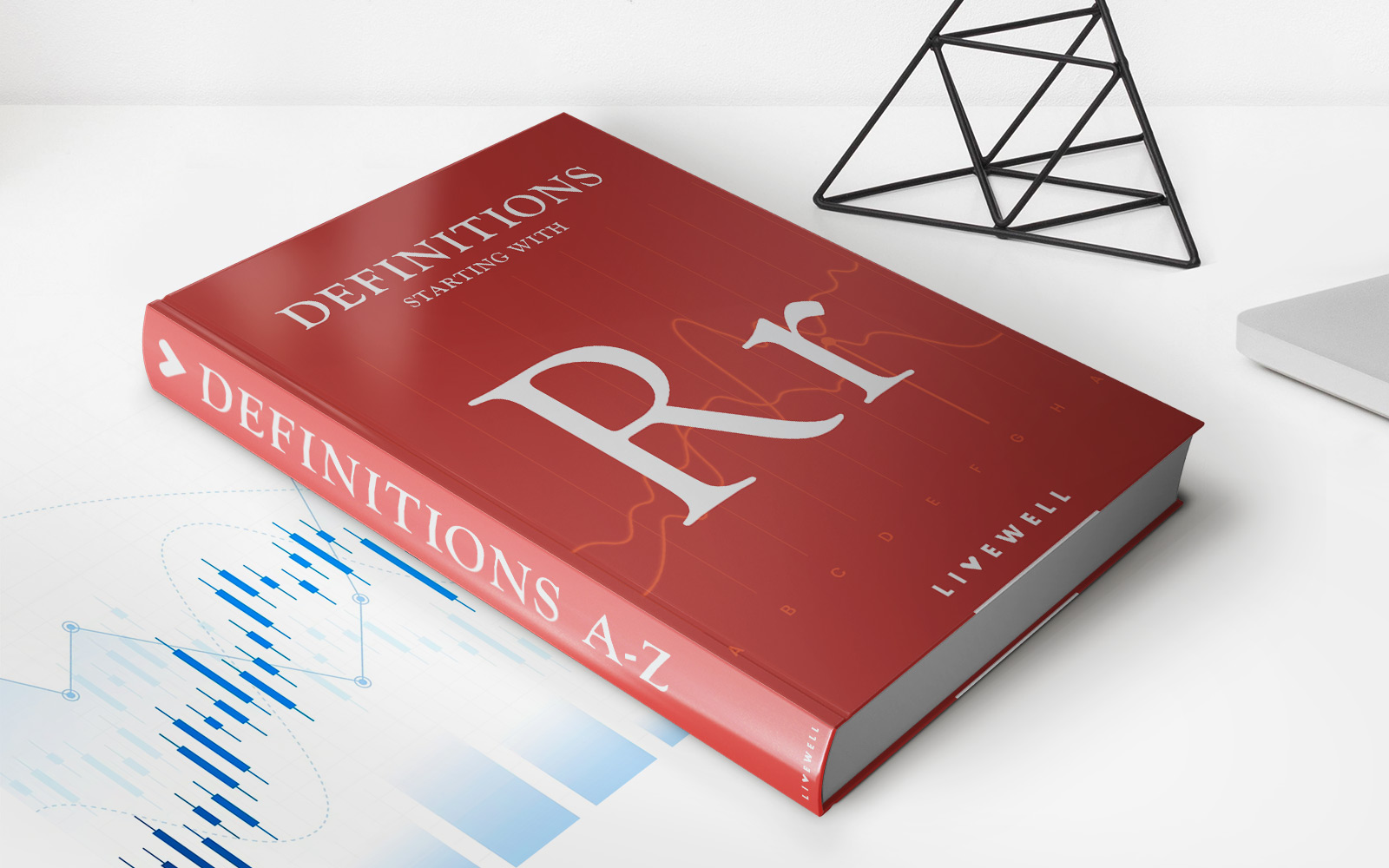Home>Finance>ISM Manufacturing Index: Definition And How It’s Calculated


Finance
ISM Manufacturing Index: Definition And How It’s Calculated
Published: December 14, 2023
Learn the definition of ISM Manufacturing Index and how it's calculated in the finance sector. Stay informed about the key indicators and trends in manufacturing.
(Many of the links in this article redirect to a specific reviewed product. Your purchase of these products through affiliate links helps to generate commission for LiveWell, at no extra cost. Learn more)
ISM Manufacturing Index: Definition and How It’s Calculated
Hello, finance enthusiasts! Are you curious about the ISM Manufacturing Index? Look no further! In this blog post, we will dive into the definition and calculation of this important economic indicator. So, let’s get started!
Key Takeaways
- The ISM Manufacturing Index is a vital tool used to measure the overall health of the manufacturing sector in the United States.
- It provides valuable insights into economic trends, business conditions, and the overall direction of the economy.
What is the ISM Manufacturing Index?
The ISM Manufacturing Index, also known as the Institute for Supply Management Manufacturing Purchasing Managers’ Index (PMI), is a widely followed economic indicator that assesses the state of the manufacturing sector in the United States. It offers valuable insights into the overall health of the economy and helps businesses make informed decisions based on current market conditions.
To put it simply, the ISM Manufacturing Index measures the level of manufacturing activity and gauges the strength of the industry. It takes into account several factors, including new orders, production levels, employment trends, supplier deliveries, and inventories. These components are weighted and combined to provide a single number that represents the state of the manufacturing sector.
How is the ISM Manufacturing Index calculated?
The ISM Manufacturing Index is calculated using a diffusion index methodology. This means that the index is based on survey responses from purchasing managers in the manufacturing sector. These managers are asked a series of questions about key factors such as new orders, production levels, and employment. They then provide their responses, indicating whether these factors are expanding, staying the same, or contracting.
The responses are converted into a numerical value, where a reading above 50 indicates expansion, a reading below 50 suggests contraction, and a reading of 50 indicates no change. The higher the index, the greater the level of growth in the manufacturing sector.
Why is the ISM Manufacturing Index important?
The ISM Manufacturing Index is considered a leading economic indicator, meaning it provides insights into the future direction of the economy. It is closely watched by investors, policymakers, and businesses alike, as it offers crucial information about the overall health of the manufacturing sector and its impact on the broader economy.
Key Takeaways:
- The ISM Manufacturing Index is a valuable tool for assessing the state of the manufacturing sector and the overall health of the economy.
- It is calculated using a diffusion index methodology based on survey responses from purchasing managers.
- The index value above 50 indicates expansion, below 50 suggests contraction, and 50 signifies no change.
In conclusion, the ISM Manufacturing Index is an essential economic indicator that provides valuable insights into the manufacturing sector and the overall direction of the economy. By monitoring this index, businesses can make informed decisions and stay ahead of market trends. So, keep an eye on those numbers and let the ISM Manufacturing Index be your guide in navigating the world of finance!














